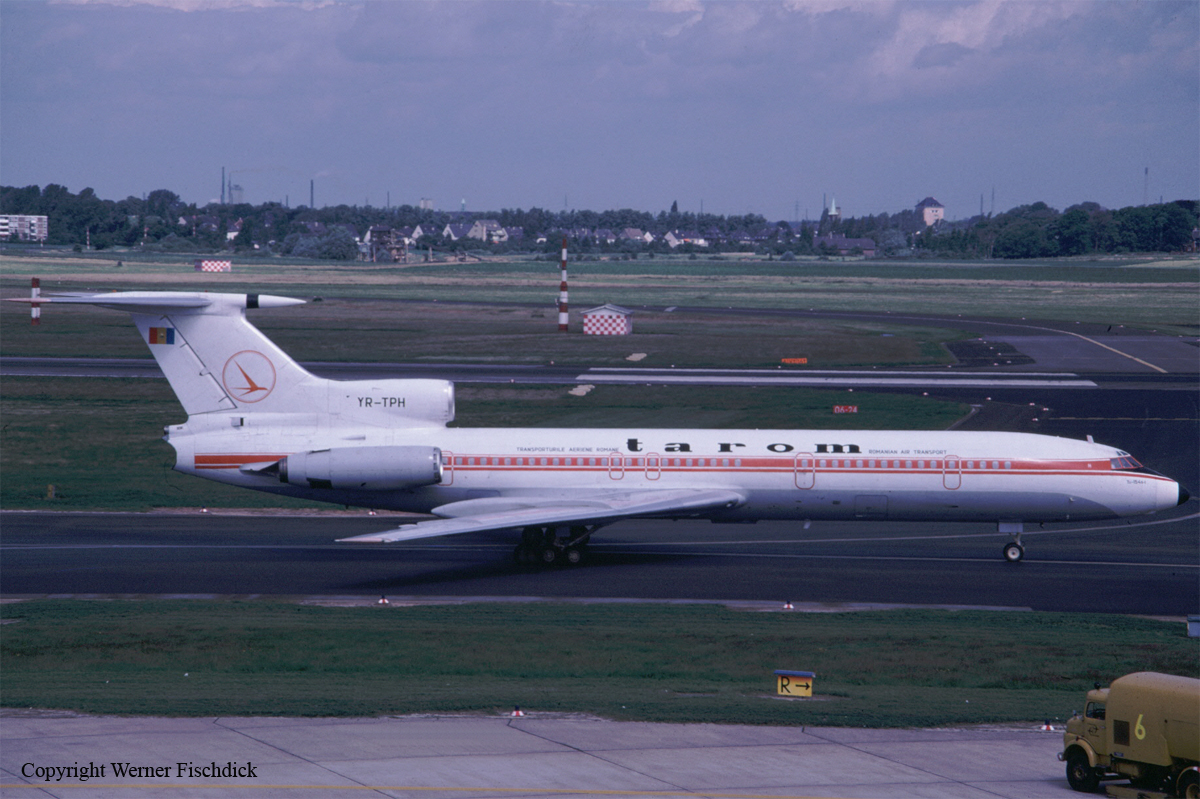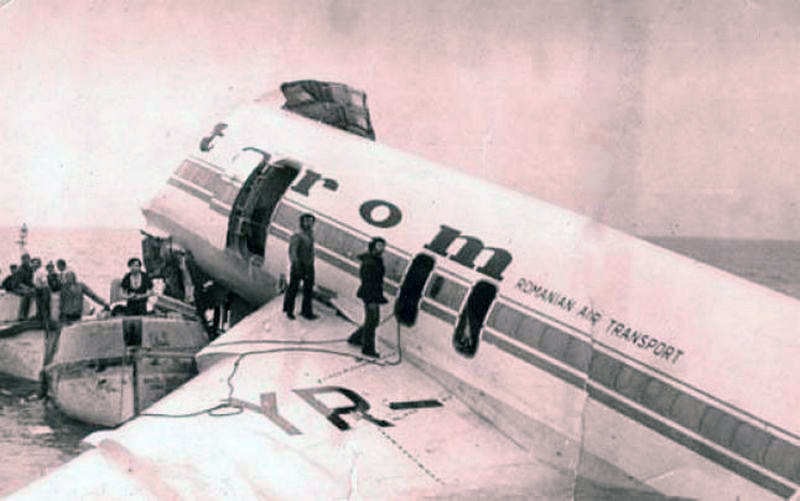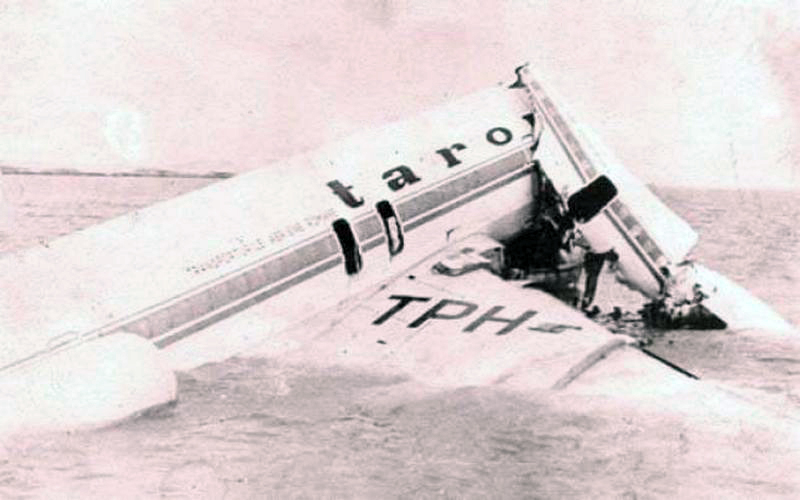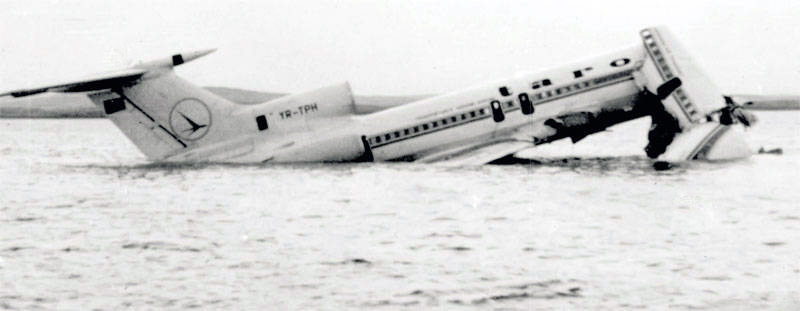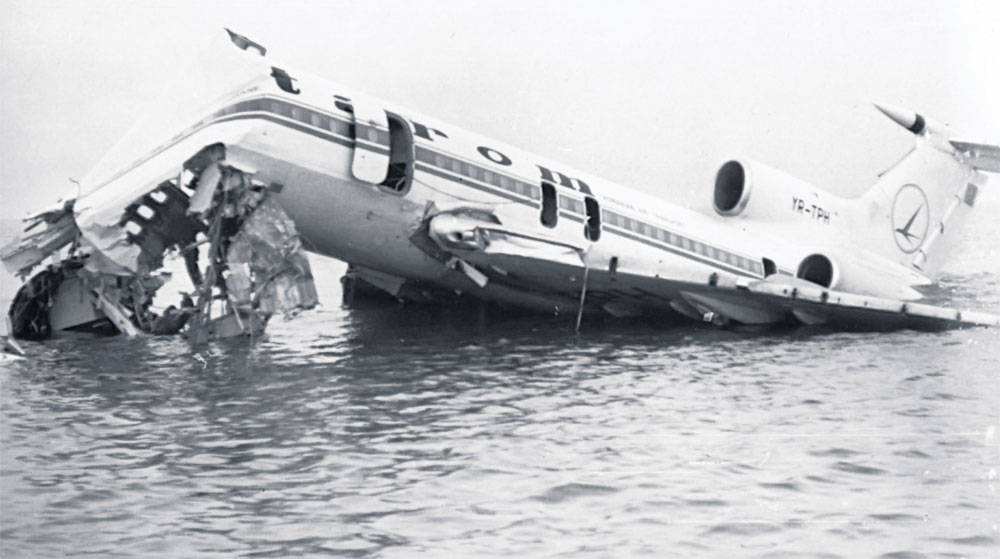Crash of a PZL-Mielec AN-2 near Cape Lamanon
Date & Time:
Aug 14, 1980
Registration:
CCCP-16033
MSN:
1G163-40
YOM:
1975
Crew on board:
0
Crew fatalities:
Pax on board:
0
Pax fatalities:
Other fatalities:
Total fatalities:
0
Circumstances:
En route, weather conditions deteriorated and the crew preferred to continue instead of returning to his departure point. In clouds, the single engine airplane struck a mountain and crashed. Occupant fate unknown.
Probable cause:
Controlled flight into terrain.



